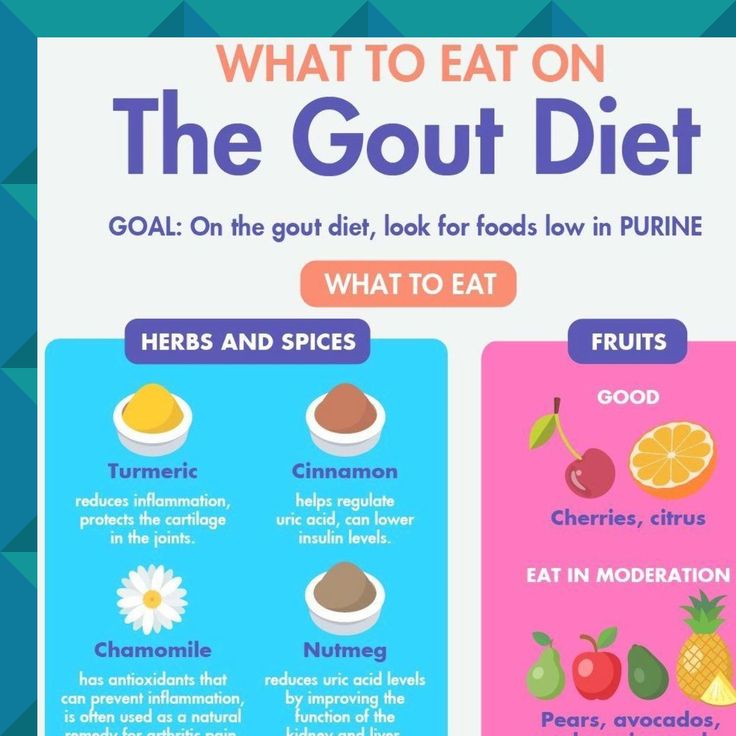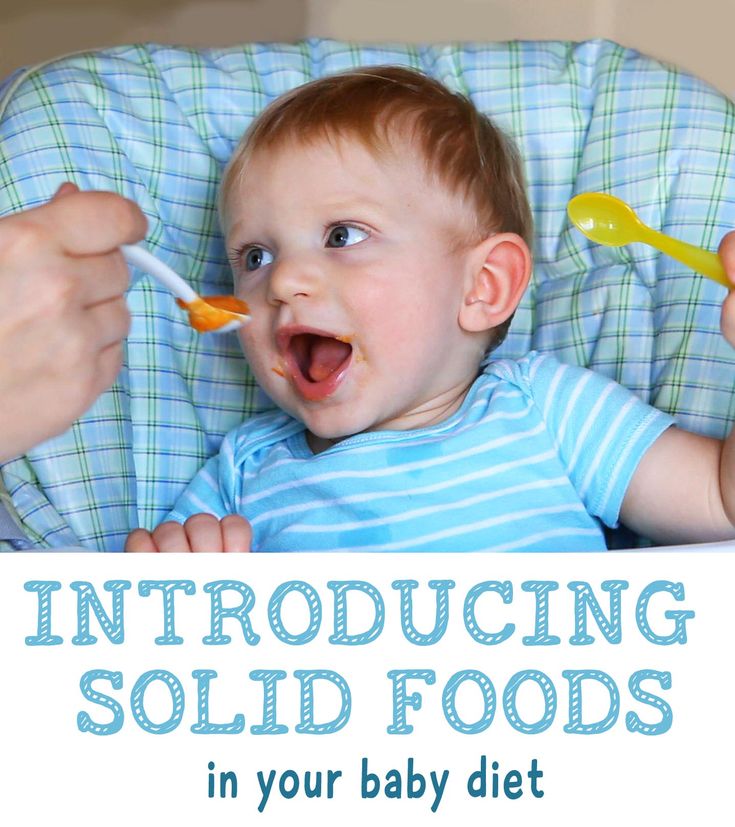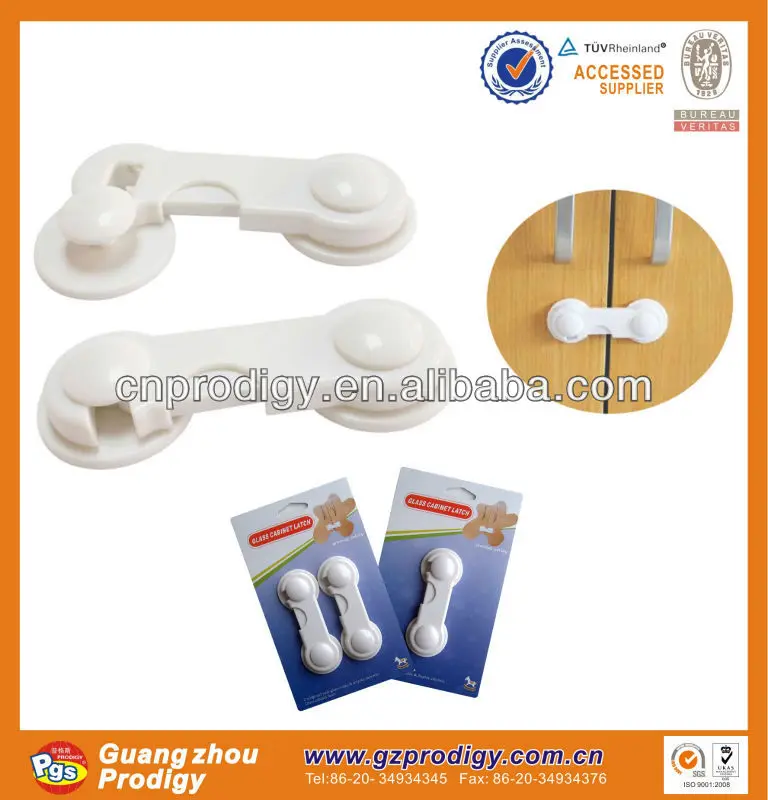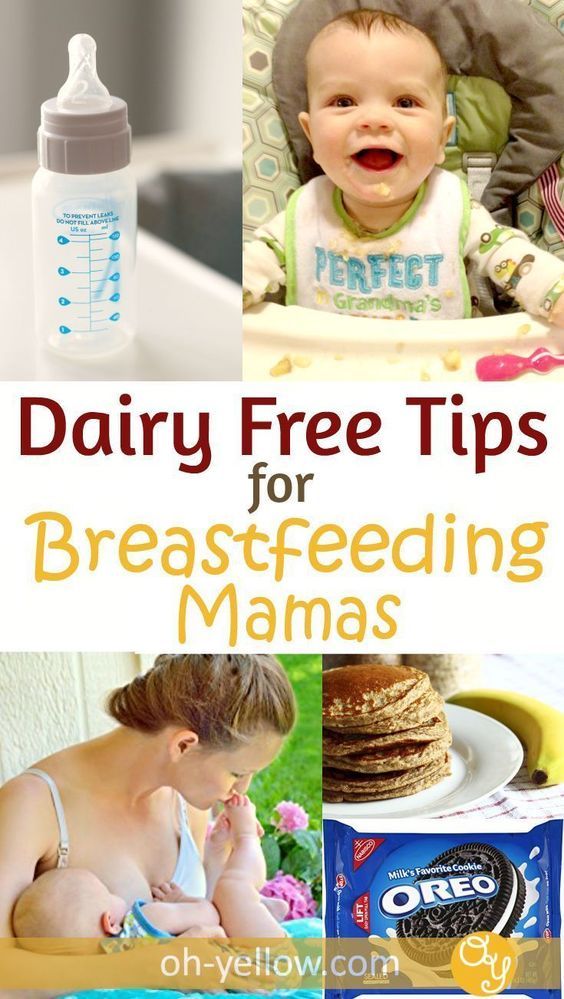Baby's first foods by age
Baby's first foods: How to introduce solids to your baby
Babies are typically ready to start solids between 4 and 6 months, as long as they're showing signs of readiness, such as being able to sit upright with good head control. Talk to your baby's doctor about which foods to introduce first, particularly if you're concerned about a risk for an allergy. In general, infant cereal and pureed, one-ingredient veggies, fruits, and meats are great first foods. Try spoon-feeding or baby-led weaning, and keep up the breast milk or formula until your baby's first birthday.
When do babies start eating baby food?
It depends. As long as your baby shows signs of readiness, your pediatrician will probably give you the go-ahead to start baby food (also called solid food or solids) any time between 4 and 6 months.
Until then, breast milk or formula provides all the calories and nourishment your baby needs. Infants don't yet have the physical skills to swallow solid foods safely, and their digestive system isn't ready for solids until they're at least 4 months old.
The American Academy of Pediatrics (AAP) and World Health Organization (WHO) recommend breastfeeding exclusively for the first six months of your baby's life and introducing solids at 6 months old. The AAP advises breastfeeding until age 1 – and longer if you and your baby want to.
Signs your baby is ready for solids
Your baby will give you clear signs when they're ready. Look for:
- Head control. Your baby needs to be able to keep their head in a steady, upright position.
- Sitting well when supported. Your baby needs to be able to sit upright in a baby seat or highchair to swallow well.
- Losing the "extrusion reflex." Your baby's mouth and tongue develop in sync with their digestive system. To start solids, they should be able to move food to the back of their mouth and swallow it, instead of using their tongue to push food out of their mouth.
- Curiosity about food. Your baby may start showing interest in what you're eating, reaching for your food or even opening their mouth if you offer them a spoonful.
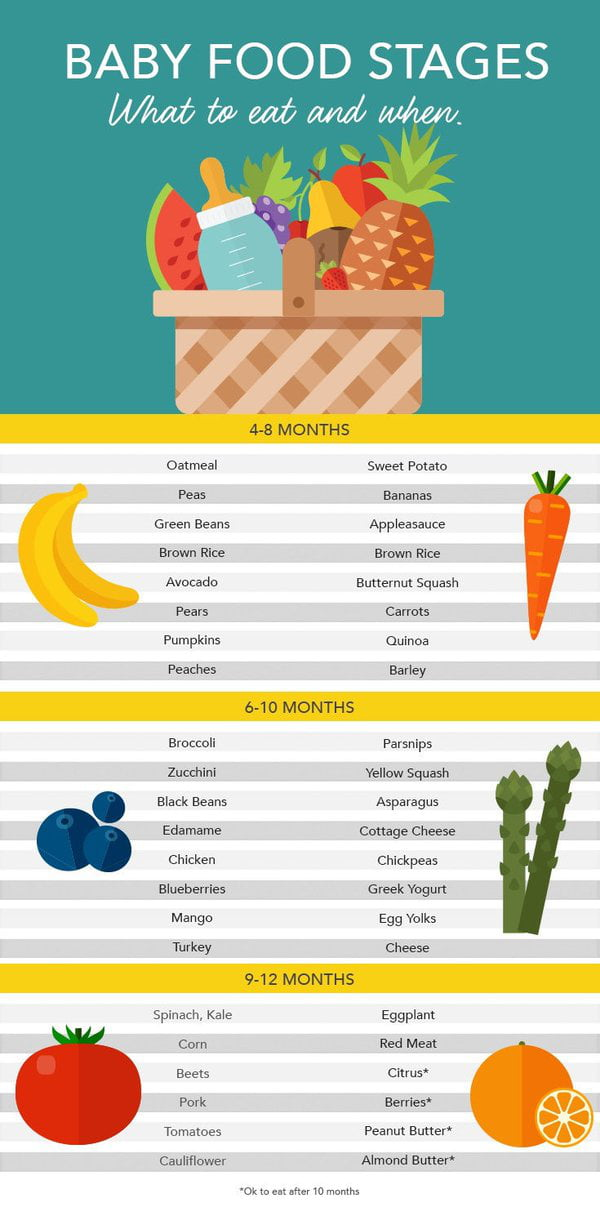
Starting solids by 6 months old is important for your baby's oral motor development (the use of their lips, tongue, jaw, teeth, and hard and soft palates). Also, solid foods can provide specific nutrients your baby needs, such as iron and zinc. (These are especially important if your baby has been exclusively breastfed.)
What are the best first baby foods?
Start your baby with any pureed, single-ingredient food. Although it used to be standard for parents to give rice cereal as a first food, that's not necessary. In fact, pediatricians often don't recommend baby rice cereal since it can contain inorganic arsenic, and it's not as nutritious as some other first foods.
Good first baby foods include
- pureed squash
- applesauce
- mashed bananas
- mashed avocado
- pureed peaches
- pureed pears
- pureed meats
- whole-grain, iron-enriched baby cereal such as oatmeal
Advertisement | page continues below
If your baby is breastfed, the AAP suggests meat as a first food because the iron in beef, chicken, and turkey helps to replace iron stores, which start to diminish at about 6 months of age.
How to introduce solids to your baby
The traditional way to start solids is by spoon-feeding your baby cereal or purees, but some parents use a different method called baby-led weaning. Using this method, you put chunks of soft, developmentally appropriate food on the highchair tray or table and let your baby grab the food and feed themself.
Here's how to start spoon-feeding your baby:
For your first few feedings, start with just 1 or 2 teaspoons of pureed solid food or baby cereal about an hour after nursing or bottle-feeding (so your baby isn't too hungry or full).
Use a soft-tipped plastic spoon to feed your baby to avoid injuring their gums. Put a small amount of food on the tip of the spoon and offer it to them. If your baby doesn't seem very interested, just let them smell the food for now and try again another time.
If you're feeding your baby ready-to-eat jars or pouches of baby food, put some into a small dish and feed them from that. (If you dip the feeding spoon into the jar, it's not a good idea to save the leftovers because bacteria from your baby's mouth will now be in the jar.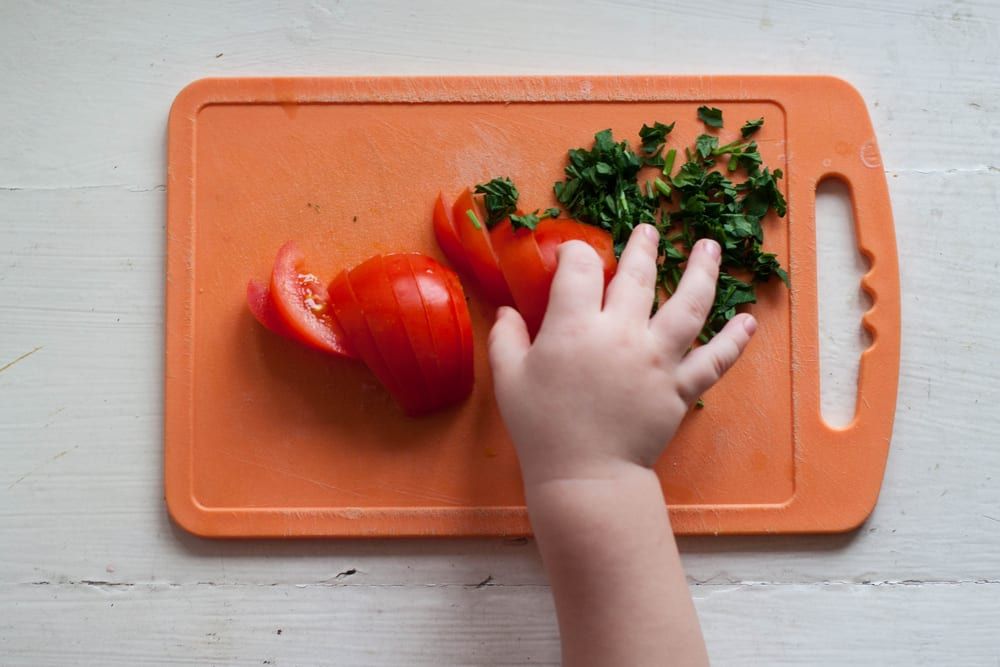 ) Store leftovers in the fridge and throw away any opened baby food jars or pouches within a day or two of opening them.
) Store leftovers in the fridge and throw away any opened baby food jars or pouches within a day or two of opening them.
If you decide to start with cereal, give your baby 1 to 2 teaspoons of diluted infant cereal. Add breast milk or formula to a tiny pinch of cereal. It will be very runny at first, but as your baby starts to eat more solid foods, you can gradually thicken the consistency by using less liquid.
Begin with one daily feeding in the morning whenever your baby isn't too tired, hungry, or cranky. Your baby may not eat much at first, but give them time to get used to the experience. Don't be surprised if your baby is confused or rejects solid food at first. Some babies need practice keeping food in their mouths and swallowing.
Eventually you can start giving your baby more solid food until they're having a few tablespoons a day, over two feedings. In general, your baby could start with pureed or semi-liquid food, then move on to strained or mashed food, and finally graduate to small pieces of finger foods.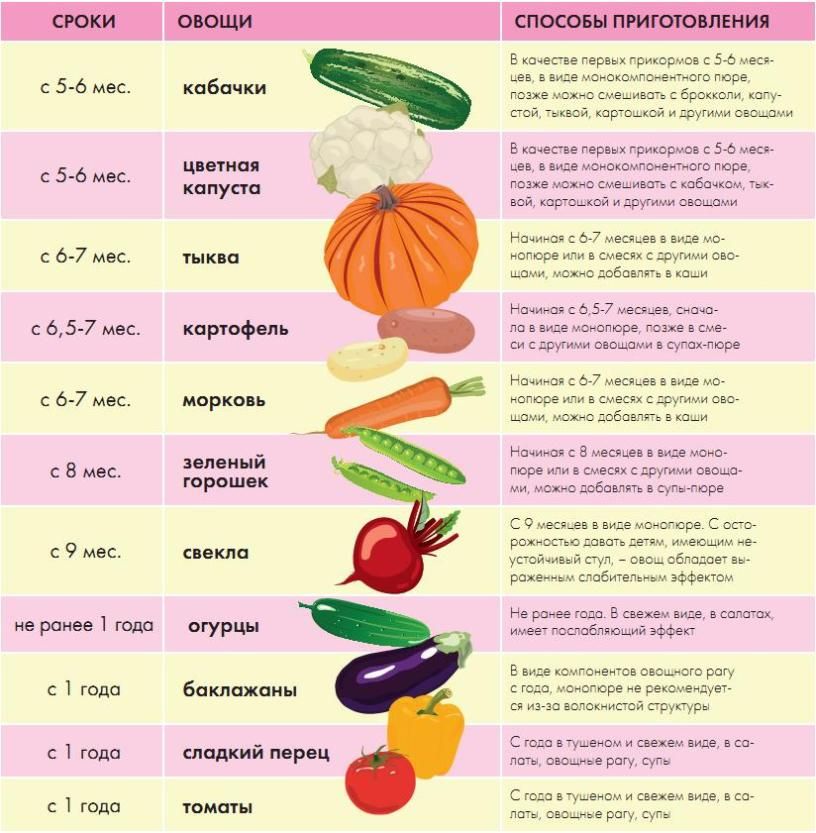
Signs that your baby is full
Your baby's appetite will vary from one feeding to the next, so a strict accounting of how much they've eaten isn't a reliable way to tell when they've had enough. Look for these signs that your baby's probably done:
- They lean back in their chair
- They turn their head away from food
- They start playing with the spoon
- They refuse to open up for the next bite (Sometimes a baby will keep their mouth closed because they haven't finished the first mouthful, so give them time to swallow.)
Food allergies and introducing solids
Experts recommend that you introduce one food at a time to your baby, and wait 3 to 5 days before introducing another food, so you can watch for any allergic reactions. It's also a good idea to write down the foods your baby samples. If they have an adverse reaction, a food log will make it easier to pinpoint the cause.
You don't have to hold off on giving allergenic foods such as eggs, peanut butter, or soy. There's no evidence that waiting to introduce certain foods will help your baby avoid allergies. In fact, there's evidence that the opposite is true.
There's no evidence that waiting to introduce certain foods will help your baby avoid allergies. In fact, there's evidence that the opposite is true.
According to the American Academy of Allergy Asthma and Immunology (AAAAI), incorporating commonly allergenic foods into your baby's diet starting at around 4 to 6 months (and continuing through childhood) may actually help prevent the development of food allergies.
Start with traditional first foods, such as iron-fortified infant cereal, pureed veggies, fruits, and meats. Once you've tried a few of these foods and your baby seems to be tolerating them well, you can introduce more commonly allergenic foods, such as soy, eggs, wheat, fish, and peanut products.
Food manufacturers have products on the market designed to help you incorporate commonly allergenic foods into your child's diet. These stir-in powders and finger foods may contain one commonly allergenic protein or a blend of several.
Special precautions need to be taken with certain babies. If your child falls into any of the following categories, consult with your baby's doctor or an allergist to create a customized feeding plan before adding solids to your baby's diet:
If your child falls into any of the following categories, consult with your baby's doctor or an allergist to create a customized feeding plan before adding solids to your baby's diet:
- Your baby has a sibling with a peanut allergy.
- Your baby has moderate to severe eczema despite following a doctor's treatment plan.
- Your baby previously had an immediate allergic reaction to a new food or has been diagnosed with a food allergy.
If your baby is allergic to a new food, you'll see signs of a reaction within a few minutes or hours. Most children with food allergies have mild reactions. If you notice a few hives, a new rash, or diarrhea, call your baby's doctor for advice.
If you notice wheezing, difficulty breathing, vomiting, facial swelling (including the tongue and lips), or more than two body systems affected (such as hives and vomiting), your baby may be having a life-threatening reaction called anaphylaxis. Call 911 or your local emergency number immediately.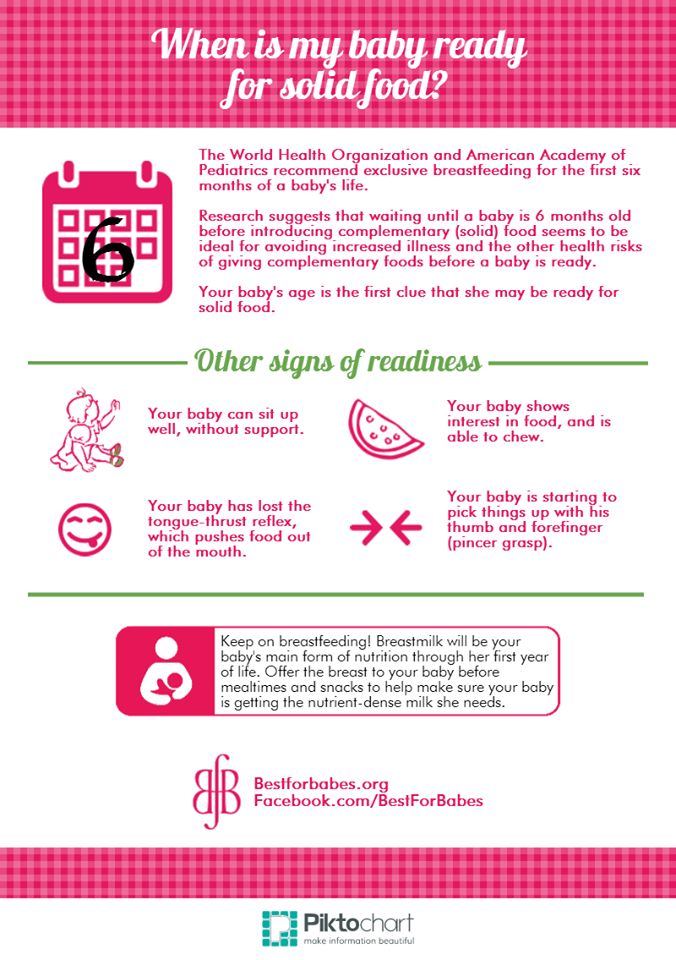
Baby food feeding tips
- Offer fruits or vegetables in any order. Some parents may tell you to start with vegetables instead of fruits so your infant won't develop a taste for sweets. But babies are born with a preference for sweets, so you don't have to worry about introducing sweet or savory foods in any particular order.
- Feed cereal with a spoon only. Unless your baby's doctor asks you to, don't add cereal to a bottle – your baby could choke or end up gaining too much weight.
- Encourage adventurous eating. You don't have to stick with bland and boring. See how to make your own baby food and use spices and seasonings to create delicious baby food flavors.
- Give new foods time. If your baby turns away from a particular food, don't push. Try again in a few days.
- Check for added sugars and too much salt. Check the Nutrition Facts label on canned, frozen, or packaged foods for "Added Sugars.
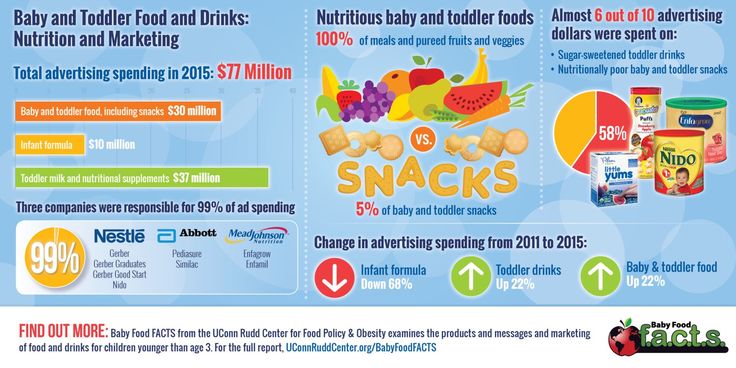 " If there's 1 gram or more listed, give your baby something else. Also look at sodium amounts. Babies shouldn't have no more than 1,200 mg of sodium per day.
" If there's 1 gram or more listed, give your baby something else. Also look at sodium amounts. Babies shouldn't have no more than 1,200 mg of sodium per day. - Avoid unsafe foods. Don't give your baby foods that could cause choking, such as whole grapes or popcorn. Babies under 1 can't have honey, cow's milk, or soy milk. Also, unpasteurized juices and undercooked fish, meat, eggs, or poultry could be a source of bacteria.
- Watch for constipation. Your baby's poop sometimes changes when their diet does. Although it's usually temporary, your baby may have constipation after you introduce solids. If you notice that your baby is having less frequent bowel movements, or that their stools have become hard or dry and seem difficult to pass, let their doctor know. Some doctors recommend adding high-fiber fruits such as pears, prunes, and peaches to a baby's diet, or giving a few ounces of prune, apple, or pear juice every day until bowel movements are back to normal.
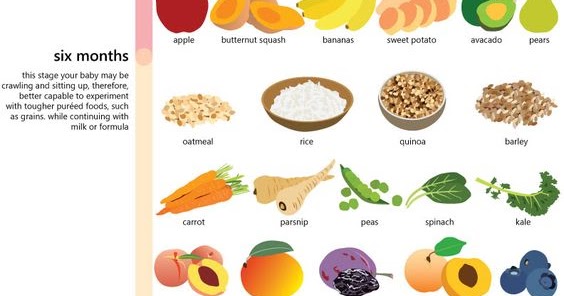
Also, don't be surprised if your baby's poop changes color and odor when you add solids to their diet. If your baby has been exclusively breastfed up to this point, you'll probably notice a strong odor to their formerly mild-smelling stools as soon as they start eating even tiny amounts of solids. This is normal.
If your baby shies away from new foods, here are a few things you can try:
- Test a range of textures. If your baby doesn't like pear puree, try giving them pieces of very ripe pear instead.
- In a similar vein, try different cooking methods. If your baby doesn't like steamed veggies, try giving them roasted vegetables.
- Serve food at different temperatures. Some babies prefer broccoli cold rather than warm, for example.
- Combine the new food with a familiar favorite. If your baby rejects a new food on its own, mix it in with something you know they like.
- Add a dipping sauce! Try shredded chicken with applesauce, yogurt with baked apple slices, or hummus with well-cooked pieces of carrot.
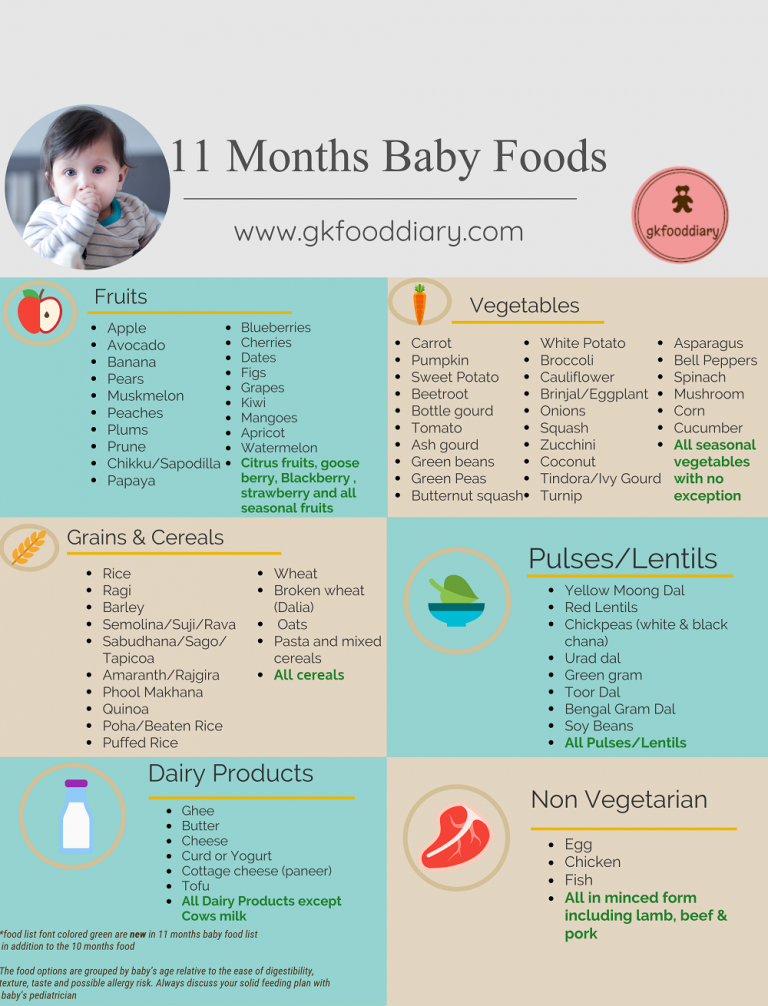
- Above all, be patient. Sometimes it takes a while for a baby to get used to new flavors and textures, so keep trying and eventually they'll accept the new food.
How many times a day should my baby eat solids?
At first your baby will eat solid food just once a day. By around 6 to 7 months, two meals a day is the norm. Starting around 8 to 9 months, they may be eating solid food three times a day plus a snack. A typical day's diet at 8 months might include a combination of:
- Breast milk or iron-fortified formula
- Iron-fortified cereal
- Vegetables
- Fruit
- Small amounts of protein, such as eggs, cheese, yogurt, poultry, lentils, tofu, and meat
- High-allergy foods, if appropriate
See our age-by-age baby feeding guide for more detail on how much to feed your baby and when.
How much breast milk or formula does my baby need after we introduce solids?
Even after your baby starts solids, breast milk or formula will provide the majority of their calories and nutrition until they're 9 months to 1 year old.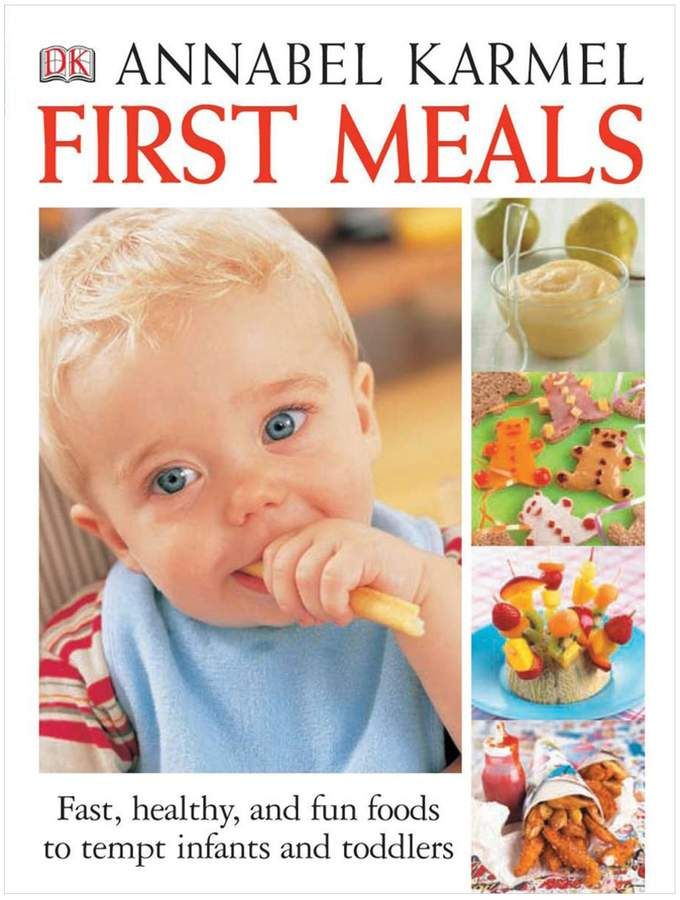 Breast milk and formula contain important vitamins, iron, and protein in a form that's easy to digest.
Breast milk and formula contain important vitamins, iron, and protein in a form that's easy to digest.
You may notice that as your baby starts to eat more solid foods (around 9 months old), they'll gradually decrease their intake of formula or breast milk. This is normal. Over time, your baby will take fewer bottles with more ounces in each.
Here's how much breast milk or formula babies need after starting solids:
- 4 to 6 months old: 4 to 6 feedings a day (breastfeeding, or bottles with 4 to 6 ounces)
- 6 to 8 months old: 3 to 5 feedings a day (breastfeeding, or bottles with 6 to 8 ounces)
- 8 to 12 months old: 3 to 4 feedings a day (breastfeeding, or bottles with 7 to 8 ounces)
What equipment do I need to introduce solids?
It's helpful to have:
- A highchair
- Baby bowls and plates
- Baby spoons
- Bibs
- A splat mat on the floor
You may also want to introduce your baby to a sippy cup soon after you start solids.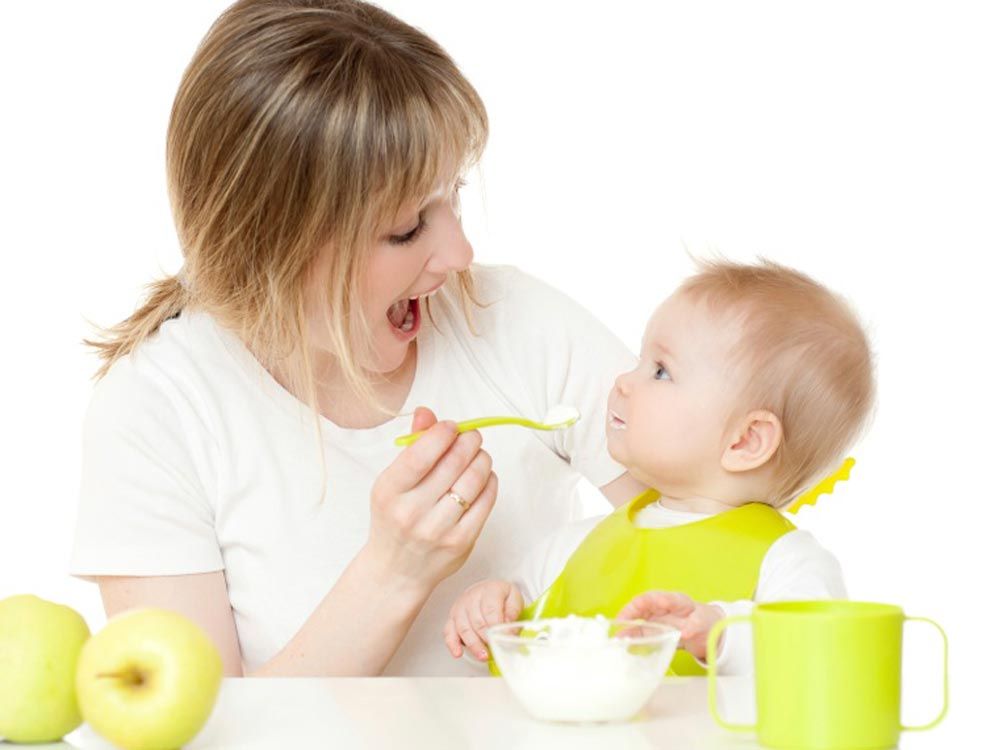
If you're making your own baby food, you'll need:
- A tool to puree the food, like a blender, food processor, or baby food maker
Storage containers for refrigerating and freezing extra portions (Some parents use ice cube trays – or similar devices made just for baby food – to store and freeze individual portions.)
Baby's first foods: The 10 best foods for babies
These 10 first foods are ideal for your baby because they're full of essential nutrients, reasonably priced, easy to prepare, and delicious. Avocados contain healthy fats, while bananas are loaded with potassium. Blueberries are bursting with antioxidants, whereas broccoli offers fiber and folate. Both lentils and meat are packed with protein. Prunes can help with constipation, and yogurt helps form healthy bones and teeth. Sweet potatoes and winter squash are great sources of beta-carotene and vitamin C.
According to the American Academy of Pediatrics, it's important to offer your baby a variety of healthy foods. There are lots of healthy, baby-friendly foods out there, but these 10 recommended by doctors and dietitians alike stand out from the pack. From vitamin-rich fruits and veggies to meats and beans loaded with protein, these superfoods are full of essential nutrients, reasonably priced, easy to prepare, and delicious.
There are lots of healthy, baby-friendly foods out there, but these 10 recommended by doctors and dietitians alike stand out from the pack. From vitamin-rich fruits and veggies to meats and beans loaded with protein, these superfoods are full of essential nutrients, reasonably priced, easy to prepare, and delicious.
Many are also favorite first foods. Before introducing solids, talk to the doctor about your baby's readiness for solids, and which foods to introduce and when. Then introduce foods one at a time, waiting at least three days after each new food to watch for any allergic reaction.
Avocados
BabyCenter parents are all about avocado as a first food. This buttery fruit-vegetable is rich in healthy unsaturated fats that help boost brain development. In fact, the fat composition of avocados is somewhat similar to that of breast milk.
Serving ideas: Mash avocado with a fork, or make baby guacamole.
Bananas
Known as a good source of potassium, this grab-and-go fruit also contains vitamins B6 and C, fiber, and magnesium.
Serving ideas: Make banana and mango puree. Or, for your little one's first smoothie, puree banana and peach chunks with whole-milk yogurt.
Blueberries
Blueberries are bursting with antioxidants. The deep, brilliant blue of these berries comes from flavonoids that benefit your baby's eyes, brain, and even urinary tract.
Serving ideas: Blend or mash blueberries well and swirl a spoonful of the juicy purple puree into yogurt, or top silky coconut milk rice pudding with blueberry compote.
Broccoli
This cruciferous vegetable is a rich source of essential nutrients, including fiber, folate, and calcium. Introduce your baby to broccoli's bold flavor early, and you'll be expanding their tastes and encouraging a lifelong love of green vegetables.
Advertisement | page continues below
Serving idea: Steam until soft, cut into pieces small enough for your child to eat safely, and then chill. Steaming takes the bite out of broccoli, and some babies prefer the texture and taste when it's cold.
Lentils
Beans and other legumes pack lots of lean protein and fiber. But unlike larger beans, little lentils simmer into a pleasing mush just right for baby bites. They're also one of the cheapest healthy foods you can buy.
Serving ideas: Cook finely diced carrots along with the lentils. As your baby gets older, double up on nutrient-rich foods by making lentil and spinach stew.
Meat
Lack of iron can cause anemia. The American Academy of Pediatrics recommends meat as a first food because it's such a great source of protein, zinc, and iron, especially red meat and dark poultry meat. Plus, babies absorb iron more easily from meat than from iron-fortified cereals, another common first food.
Serving ideas: If your baby is new to solids, try our easy turkey or chicken puree recipe. As they get older, introduce new flavors with chicken curry with green beans and zucchini or shepherd's pie.
Prunes
Whether you call them "prunes" or "dried plums," these humble fruits don't sound glamorous – but they're soft, sweet, and full of fiber.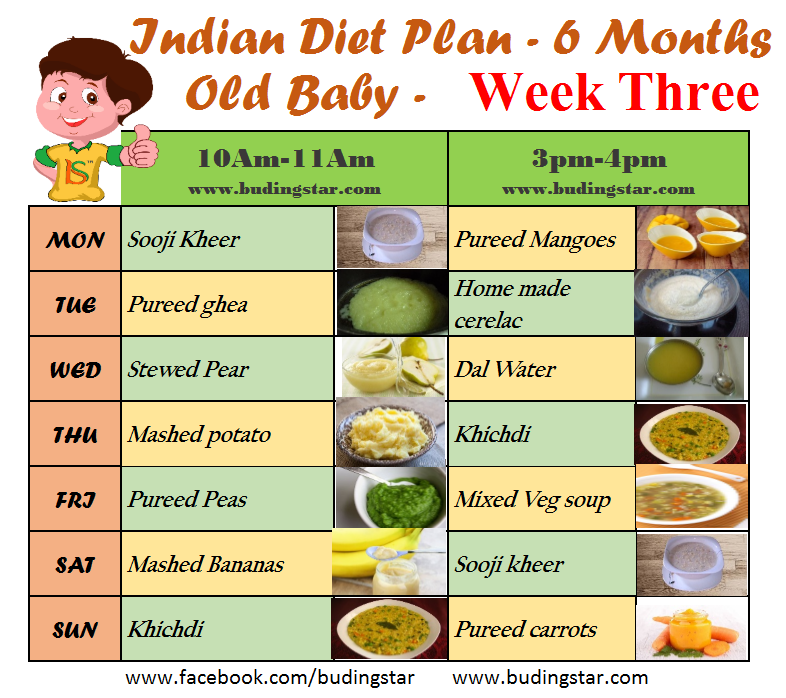 Your baby may suffer from constipation when switching to solids, as it's a big change for their system. Add pureed prunes to your baby's diet to aid digestion and keep things moving.
Your baby may suffer from constipation when switching to solids, as it's a big change for their system. Add pureed prunes to your baby's diet to aid digestion and keep things moving.
Serving ideas: Serve pureed prunes alone or mixed with other foods, such as oatmeal, cereal, or applesauce, for a naturally sweet treat.
Sweet potatoes
Sweet potatoes are one of the more popular first foods for babies, who tend to like both their sweetness and texture. These colorful root vegetables are packed with beta-carotene, vitamin C, and minerals, including iron and copper.
Serving ideas: Serve sweet potato puree alone or swirled into pureed chicken or turkey.
Winter squash
Orange- or yellow-fleshed hard winter squashes such as butternut, acorn, and pumpkin boast many benefits, one of which is they're exceptionally rich in beta-carotene, recognized for being great for eyes. Squash is also an excellent source of vitamin C. Natural sweetness and a creamy texture add to the appeal of winter varieties.
Serving ideas: Roast a winter squash like butternut, scoop out the flesh, and puree it for an easy first food. As your baby gets older, introduce new flavors and textures with dishes like smashed chickpea and butternut chili.
Yogurt
Creamy yogurt is rich in calcium and vitamin D, necessary for healthy bones and teeth. Your baby can have it at 4 to 6 months, long before they'll be ready for cow's milk.
Opt for plain yogurt with no added sugar. Also look for a brand with the most live cultures, which help regulate the good bacteria in your baby's digestive tract. Make sure you pick up whole-milk yogurt – babies need the calories from fat.
Serving ideas: Yogurt is fine on its own, or swirl in pureed berries or other fresh fruit, applesauce, or mashed avocado.
Was this article helpful?
Yes
No
what products are possible, features of complementary foods
It is no secret that young and not very experienced mothers receive information on the nutrition of an infant, including recommendations on how to introduce the first complementary foods, mainly from two sources: grandmother's stories and from the Internet. Unfortunately, both of these respected sources of information may voluntarily or not voluntarily, but be very mistaken, since grandmothers grew up in a more prosperous time in terms of environmental conditions, and the Internet is littered with various articles that are rarely written by professionals, moreover, they rely either on explicit outdated guides on baby food, or frankly on unverified information.
Unfortunately, both of these respected sources of information may voluntarily or not voluntarily, but be very mistaken, since grandmothers grew up in a more prosperous time in terms of environmental conditions, and the Internet is littered with various articles that are rarely written by professionals, moreover, they rely either on explicit outdated guides on baby food, or frankly on unverified information.
In this article, I will try to combine the latest scientific data and recommendations on how to introduce the first complementary foods with many years of observations from the experience of a practical pediatrician and an allergist-immunologist.
At what age is it time to introduce the first complementary foods
According to the recommendations of the Research Institute of Nutrition of the Russian Academy of Medical Sciences, the first complementary foods can be introduced from 4.5 - 5 months, regardless of the type of feeding. This is "average". In practice, the choice of when to start introducing complementary foods still depends on the individual characteristics of the child.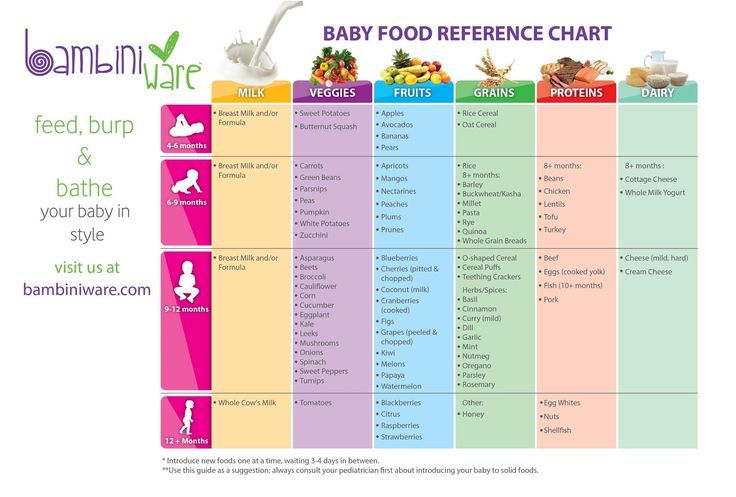 For example, for a child with widespread atopic dermatitis (diathesis), we will not introduce complementary foods until at least acute skin symptoms, such as cracks, weeping or secondary eczema, have steadily disappeared. Increased dryness and flaking of the skin, of course, require constant application of moisturizers to the skin, but in no case are they a contraindication to the start of the introduction of the first complementary foods.
For example, for a child with widespread atopic dermatitis (diathesis), we will not introduce complementary foods until at least acute skin symptoms, such as cracks, weeping or secondary eczema, have steadily disappeared. Increased dryness and flaking of the skin, of course, require constant application of moisturizers to the skin, but in no case are they a contraindication to the start of the introduction of the first complementary foods.
Another important point when choosing the time to start introducing complementary foods is the dynamics of the child's weight gain. The more intensively the child gains in height and weight, the sooner he may need additional calories, since the energy value of breast milk or artificial formula alone will most likely not be enough for a child who grows faster than his peers by 4 - 5 months. We must not forget that natural products contain a fairly large range of minerals and vitamins, and a mother’s body, alas, cannot be an eternal and bottomless source of useful nutrients, somewhere something will gradually begin to be missed.
In addition, the nature of lactation in the mother has a great influence on the timing of the introduction of complementary foods. If a nursing mother begins to feel a lack of milk, I would prefer to first give her advice on stimulating lactation, and at the same time begin to introduce complementary foods. It will be better than introducing an artificial mixture. But I repeat that the earliest start date for the introduction of the first complementary foods is the age of 4 months, before the child's body is not yet ready, the risk of developing allergies is also high.
So, we agree with you that the first complementary foods can be introduced no earlier than 4 months of a child's life.
First complementary foods: Which foods to choose?
The first complementary foods, as a rule, should consist of vegetable or fruit purees, but in no case juices. Still, juices, even for children, are highly filtered, mainly contain a large amount of organic acids and “light” carbohydrates (that is, sugar, to make it clear to everyone).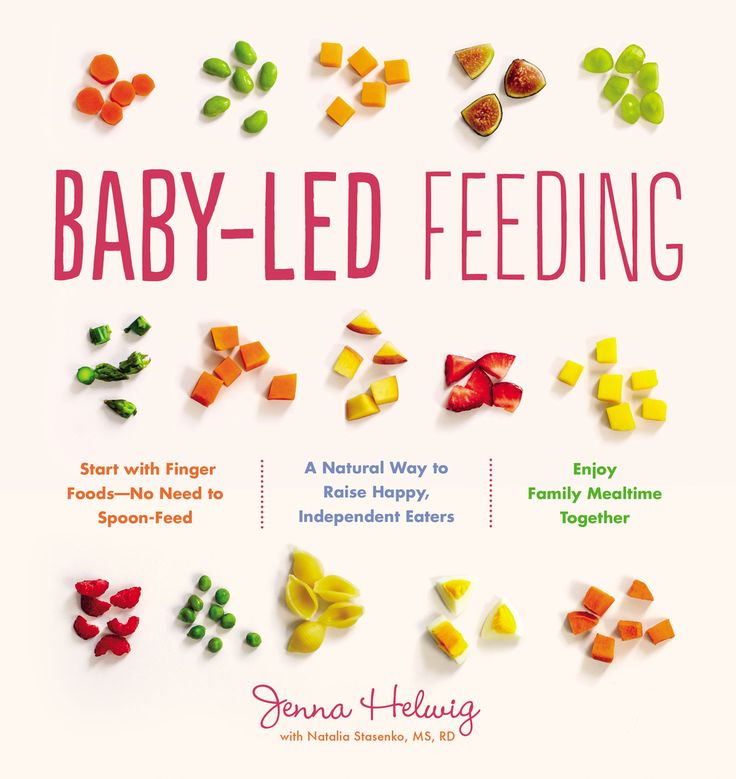 I will not waste time explaining why juices are harmful to an infant, but I will describe a clinical case from practice.
I will not waste time explaining why juices are harmful to an infant, but I will describe a clinical case from practice.
Parents with an 8-month-old girl came to the reception. Somewhere from 5 months she practically did not gain weight, although before that all indicators were normal. In the analyzes, apart from visible signs of iron deficiency, slightly reduced hemoglobin, no pathology was also detected. The main complaint: "does not eat anything." And when I began to find out what she still eats, it turned out that the child drinks half a liter of juice every day. But porridge or cottage cheese, or mashed potatoes cannot be forced together, they spit everything out. I don't like the taste. And so - for three months. The child, of course, became very nervous, yelling at night, demanding juice.
So draw your own conclusions and be careful.
For the first feeding, this is now recognized by everyone, the best dishes are vegetable purees from green varieties of vegetables: zucchini, cauliflower, broccoli.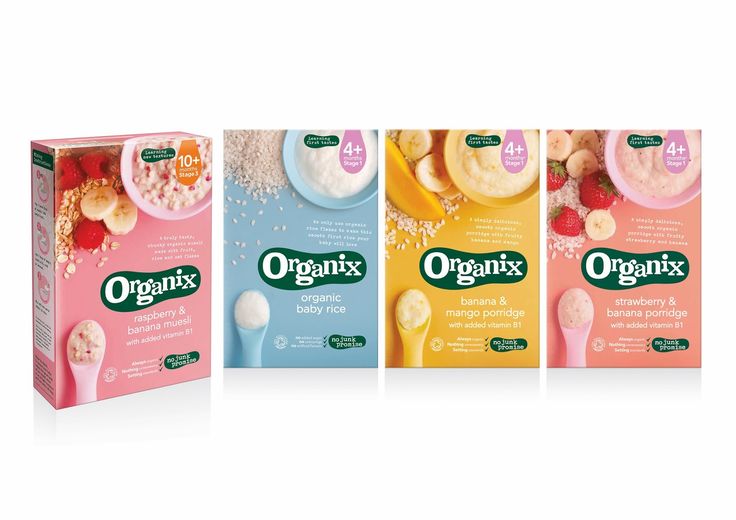 The first complementary foods are introduced, starting with half a teaspoon, in the morning for three days, then gradually increase the amount of the product to 40-50 grams per week. Supplemented with breast milk or formula.
The first complementary foods are introduced, starting with half a teaspoon, in the morning for three days, then gradually increase the amount of the product to 40-50 grams per week. Supplemented with breast milk or formula.
For problems with stools, constipation, it’s good to start introducing prune puree, green apple, you can try pumpkin, even apricot puree, but in no case start with carrots. Beta-carotenoids, which are abundant in carrots, are generally poorly absorbed and can cause allergies in a child.
Second food. Porridge or meat?
Even 5 - 6 years ago, we taught students at the medical institute that from 5 - 5.5 months old, an infant should begin to give cereal porridge for complementary foods. This is rice, buckwheat, corn. The first week you can cook 5% porridge: 5 grams of ground cereal per 100 ml of water. Then the porridges are cooked already denser: 10 grams of cereal per 100 ml of water. But now, basically everyone uses instant (soluble) cereals, which are diluted with water according to the instructions on the package.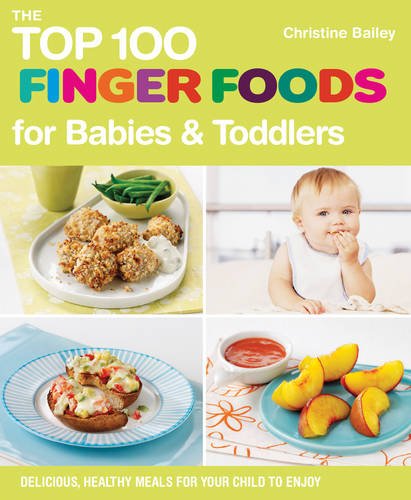 In addition, ready-to-eat liquid cereals are on sale: for example, Bellakt, Frutonyanya, etc.
In addition, ready-to-eat liquid cereals are on sale: for example, Bellakt, Frutonyanya, etc.
Why meat? You ask. According to modern recommendations (they really began to change quite often), but in this case I support: if a child has a pronounced decrease in hemoglobin in the blood below 100 g / l by the age of 5 months, it makes sense to start introducing fruit or vegetable purees as a second types of complementary foods - meat purees as a source of the most well-absorbed heme iron. You need to choose from varieties such as turkey, rabbit, lamb. Beef and veal can only be offered to children who did not have red cheeks and diathesis.
In the absence of problems with low hemoglobin, feel free to introduce porridge as the second meal of complementary foods, especially if the child is small and does not gain weight very well. In this case, we can recommend breeding cereals with the addition of breast milk or a mixture (Nan, Nutrilon, Celia, Nanny). With mixtures based on goat's milk, parents of children with a predisposition to allergies should be very careful. Goat milk formulas are not the best choice for babies who are allergic or intolerant to cow's milk protein, whatever the internet says. Believe me, there are serious scientific articles by foreign authors, which provided data on a very high frequency of cross-allergy between cow and goat milk proteins in children who were transferred to goat milk mixtures. And I saw it myself in my practice, when a child with dermatitis was transferred to a mixture of goat's milk, there was a clear improvement for a month or two, and then all over again and with a doubled degree of allergic skin damage.
Goat milk formulas are not the best choice for babies who are allergic or intolerant to cow's milk protein, whatever the internet says. Believe me, there are serious scientific articles by foreign authors, which provided data on a very high frequency of cross-allergy between cow and goat milk proteins in children who were transferred to goat milk mixtures. And I saw it myself in my practice, when a child with dermatitis was transferred to a mixture of goat's milk, there was a clear improvement for a month or two, and then all over again and with a doubled degree of allergic skin damage.
Introduction to fermented milk products
This is the most difficult question. I am sure that most of our grandparents demand that their stupid parents start drinking milk and kefir as soon as possible. In a number of cases, children really start to absorb sour-milk products quite well after 6 months, but before this age I am very careful even with sour-milk Agusha, and even introducing milk or kefir before 6 months is a bad form, believe me, and can lead to very bad consequences for the child.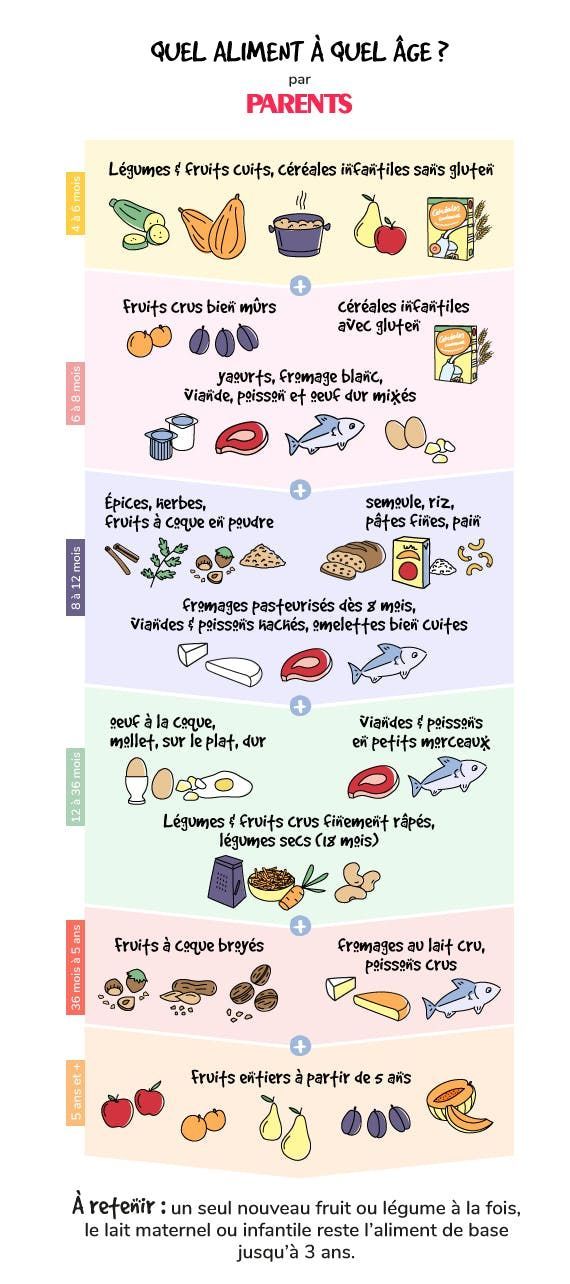 I understand the Western European medical community, which has recently banned its pediatricians from recommending fermented milk products for complementary foods for children under 3 years of age, just imagine!
I understand the Western European medical community, which has recently banned its pediatricians from recommending fermented milk products for complementary foods for children under 3 years of age, just imagine!
They (the Europeans) need to do something with their artificial milk mixtures. Even 20 years ago, we did not know other mixtures after the "two", that is, the second formula for children from 6 to 12 months. Then there were formulas for children from 1 to 2 years old, then from 2 to 3 years old, and now there are already mixtures for children up to 4 years old, and I think if this goes on, then until the age of sixteen there will be their own milk substitutes. Dismiss me, I don't think this approach is correct. But the fact is that our grandparents had much better genetics than the generation of our children, alas. In the context of the growth of medical capabilities, genetically determined diseases are also growing, and in this case, intolerance to cow's milk protein, and with every 10 years there are more and more such people among us. But if a child really suffers from an allergy to cow's milk protein or is severely deficient in enzymes, then he will carry this peculiarity through his whole life, and most likely he will not drink milk or kefir himself, and there is no need to force him if he himself won't want to!
But if a child really suffers from an allergy to cow's milk protein or is severely deficient in enzymes, then he will carry this peculiarity through his whole life, and most likely he will not drink milk or kefir himself, and there is no need to force him if he himself won't want to!
But you are lucky with genetics, and no one in the family has ever had an allergy (which is hard to imagine nowadays), and most importantly, if your child has always had perfectly clean skin, then the first of the dairy products - cottage cheese, you will begin to offer your child with 7 months, kefir - from 10 months. Milk - after a year. It will be better this way.
But if your family does not have a very close and joyful relationship with milk, then it is better to postpone even the introduction of kefir and yogurt into complementary foods for a child until the age of 18 months.
Fish day and first meal
Fish is a very healthy product, rich in vitamins and antioxidants, but it must also be introduced carefully.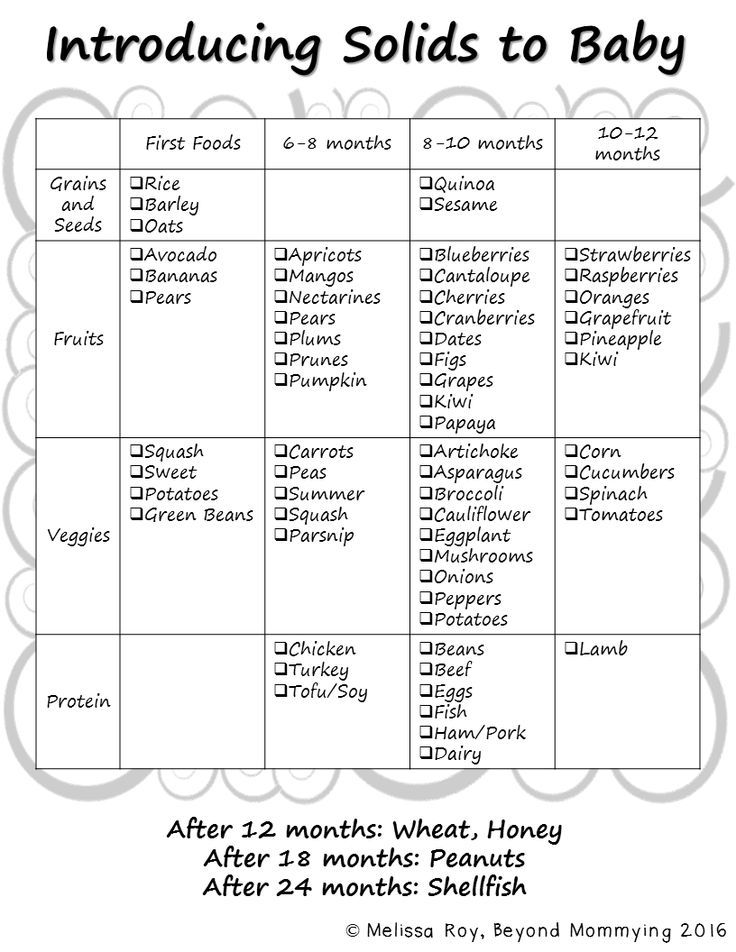 I advise you to start introducing the first fish food at about 7-8 months. It is better to start with species such as cod, hake, haddock. The rules are the same: the first three days on the "gram," then slowly add. If there are no problems in a week or two, you can try such delicacies as tuna or salmon, of course, canned children, if you can find it. It is better not to mess with trout and salmon in the first year of life, this fish is all stuffed with dyes and antibiotics.
I advise you to start introducing the first fish food at about 7-8 months. It is better to start with species such as cod, hake, haddock. The rules are the same: the first three days on the "gram," then slowly add. If there are no problems in a week or two, you can try such delicacies as tuna or salmon, of course, canned children, if you can find it. It is better not to mess with trout and salmon in the first year of life, this fish is all stuffed with dyes and antibiotics.
No matter how hard I tried, the article about the first complementary foods turned out to be long. Thank you for reading to the end, I hope it will be useful. If you have questions about the introduction of complementary foods, you can write your appeals on our website in the question to a specialist section. A short answer can be obtained on the Internet, but in order to make a diagnosis and give a detailed consultation, of course, you need to come to a face-to-face appointment with a pediatrician and a pediatric allergist.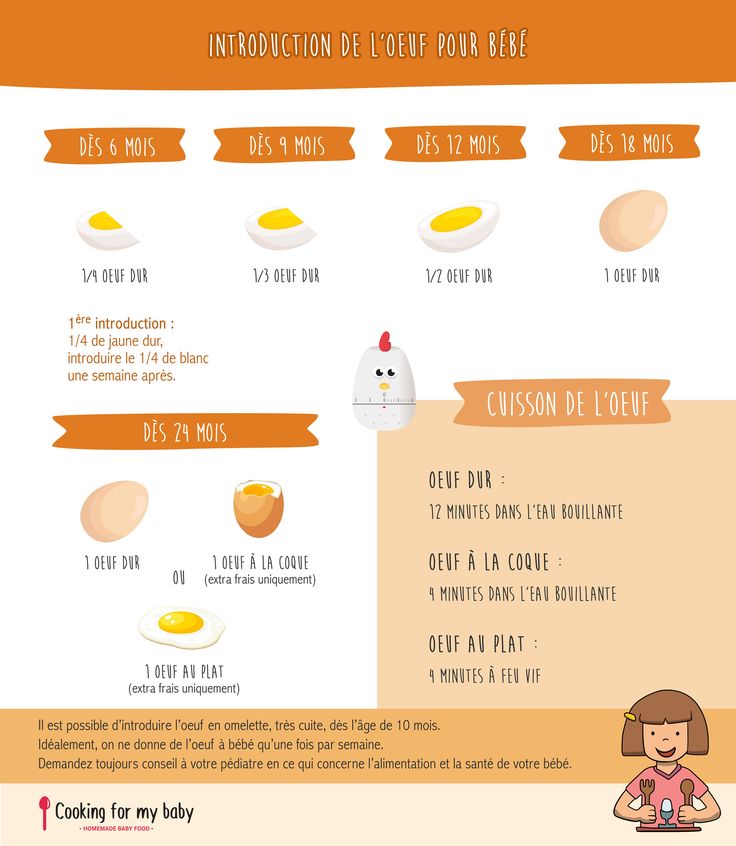
at what age to introduce when breastfeeding and artificial feeding, how to cook at home
When to introduce the first complementary foods
Today there are no hard and fast rules and deadlines for the introduction of complementary foods. Parents should first of all focus on the signs of the child's readiness for complementary foods. Here is what pediatrician, candidate of medical sciences Anna Levadnaya advises to pay attention to , the author of a blog about pediatrics and not only on Instagram.
The child holds his head confidently.
- Can sit with support, meaning it can be placed in a high chair or placed on an adult's lap.
- The baby shows an active interest in food: he is interested in food, watches what adults eat.
- Breastfeeding or formula feeding is well organized and does not cause any problems.
- The child can put his hand to his mouth, puts various objects in his mouth, such as toys.
 In this case, the baby chews or champs.
In this case, the baby chews or champs.
As a rule, all these signs appear in the period from 5.5 to 7.5 - 8 months, but most often around 6 months. All babies develop differently, and one baby may be ready to try his first puree or porridge as early as 5 months, and another at 6 or 7 months will refuse the new food you offer.
What complementary foods a child needs in the first months
And here again, there are no strict recommendations and rules. On the contrary, many experts agree that it doesn’t matter which dish you start complementary foods with, the most important thing is to provide the right nutritional interest. In this case, the child will eat all the foods that you offer him.
In Russia, it is customary to focus on the following complementary feeding scheme. The first to introduce cereals or vegetables, depending on the weight of the child. As a rule, vegetables are first, then cereals, then meat, then fruits, then cottage cheese. In some US states, for example, on the contrary, it is recommended to start complementary foods with meat.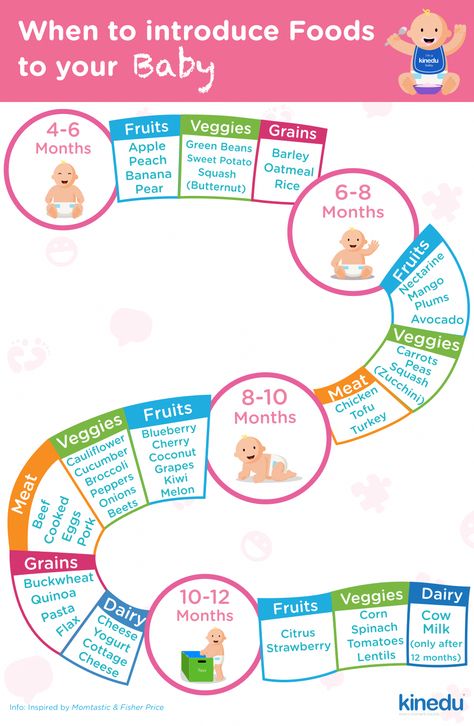 But the general message of the recommendations is to maximize the variety of tastes and textures in the first year of life. From vegetables in the first months, you can offer zucchini, cauliflower, broccoli, pumpkin, carrots, potatoes. Of the cereals, gluten-free are the first to be introduced: rice, buckwheat, corn. From fruits - apple, pear, banana, peach and others. From meat - it is better to start with a rabbit, turkey, chicken, veal.
But the general message of the recommendations is to maximize the variety of tastes and textures in the first year of life. From vegetables in the first months, you can offer zucchini, cauliflower, broccoli, pumpkin, carrots, potatoes. Of the cereals, gluten-free are the first to be introduced: rice, buckwheat, corn. From fruits - apple, pear, banana, peach and others. From meat - it is better to start with a rabbit, turkey, chicken, veal.
— At the very beginning, complementary foods should be puree-like, says Anna Levadnaya. - It is better to give preference to monocomponent purees so that the baby learns to distinguish between different tastes. As you introduce vegetables and cereals, add butter and vegetable oils to them. If there are no problems with the introduction of complementary foods, it is recommended to use the maximum variety of food textures as early as possible. Starting from 7-8 months, the baby can and should be introduced to semi-solid foods. This is very important for the correct formation of food interest, and for the development of chewing skills, the correct functioning of the tongue, the development of speech, the “tweezer” grip, and the coordination of the work of hands, mouth and eyes. If you do not introduce semi-solid food in time, then there may be problems with the introduction of already solid food, and after a year the child will refuse it completely. Therefore, starting from 7-8 months, the baby can be offered mashed or pureed food, such as a banana. From 8-9months, give the so-called "finger" food: cut into pieces soft fruits and vegetables, such as boiled carrots, potatoes, and put in front of the baby. By one year, the child is ready to eat solid food from the common table.
If there are no problems with the introduction of complementary foods, it is recommended to use the maximum variety of food textures as early as possible. Starting from 7-8 months, the baby can and should be introduced to semi-solid foods. This is very important for the correct formation of food interest, and for the development of chewing skills, the correct functioning of the tongue, the development of speech, the “tweezer” grip, and the coordination of the work of hands, mouth and eyes. If you do not introduce semi-solid food in time, then there may be problems with the introduction of already solid food, and after a year the child will refuse it completely. Therefore, starting from 7-8 months, the baby can be offered mashed or pureed food, such as a banana. From 8-9months, give the so-called "finger" food: cut into pieces soft fruits and vegetables, such as boiled carrots, potatoes, and put in front of the baby. By one year, the child is ready to eat solid food from the common table.
How to feed your baby correctly
It used to be that complementary foods should be introduced very carefully and gradually, always in the morning, many parents still introduce each product over a week or two, very slowly increasing portions.
— These recommendations are relevant, perhaps, only for the very beginning of complementary feeding, the first two or three weeks, — says Anna Levadnaya. - In general, in children without food allergies, the most rapid and varied expansion of the diet is recommended. That is, a new product can be safely introduced every 2-3 days. If you need to breed complementary foods, for example, baby cereals, then it is better to do this with breast milk or formula, and not with cow's. Whole milk is not recommended for children under one year of age.
Also with the introduction of complementary foods, offer your child water, either bottled for children or boiled. It is recommended to offer water from a cup so that the child learns to drink, and not from a drinking bowl, a bottle with a tube or a pacifier.
Monitor your child's well-being, in case of any changes that worry you, consult a doctor.
Complementary foods with natural and artificial feeding
Mothers often wonder if there are any differences in the introduction of complementary foods with natural and artificial feeding. In both cases, the recommendations are the same: it is recommended to focus on food interest, signs of the child's readiness for the introduction of complementary foods. Usually, as we have already noted, the baby receives only breast milk or an adapted milk formula up to 6 months. With exclusive breastfeeding, it is not recommended to supplement the baby with water, especially in the first month, when lactation is established. Bottle-fed babies can be offered water.
For both breastfeeding and artificial feeding, it is recommended to offer the baby a new food before feeding, and then supplement it with breast milk or formula.
— It is desirable to keep breast milk or formula in the diet of a child up to a year, — says Anna Levadnaya.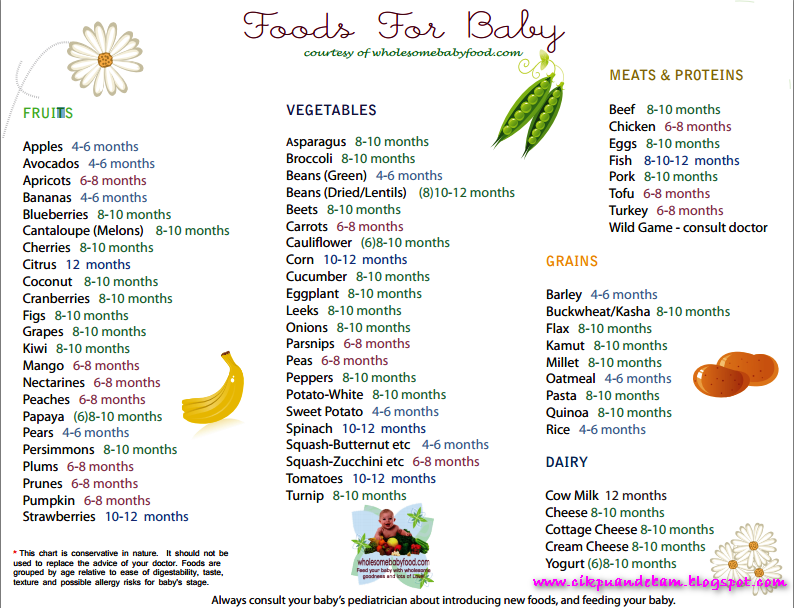 - After a year, it is better to leave the bottle completely, gradually reducing the amount of the mixture. After a year, preferably closer to one and a half, cow's milk can be offered if the child is not allergic to its protein. Breastfeeding can be continued as long as it brings pleasure to mother and child.
- After a year, it is better to leave the bottle completely, gradually reducing the amount of the mixture. After a year, preferably closer to one and a half, cow's milk can be offered if the child is not allergic to its protein. Breastfeeding can be continued as long as it brings pleasure to mother and child.
How to prepare the first complementary foods
Give canned puree and baby cereals or cook it yourself? This question worries many mothers.
“In fact, there is no universal advice here,” says Anna Levadnaya. - Do what is comfortable and best for you. But when choosing food, remember that you must be confident in the products you buy. If you are not sure, buy canned purees, industrial baby cereals. The main advantage of any industrial baby food is that the products from which it is made are tested for the content of pesticides, heavy metals, nitrates and other harmful substances (labeled up to 3 years). If you're cooking yourself, cook with either seasonal fruits and vegetables or frozen ones. It is best to do it for a couple - this is how most vitamins and minerals are preserved. The advantage of homemade products is that we can provide the child with a different consistency, which is very important. But in any case, choose what is more convenient for you, more comfortable, including financially. The main principle is to provide the baby with a varied diet. Alternate between different foods.
It is best to do it for a couple - this is how most vitamins and minerals are preserved. The advantage of homemade products is that we can provide the child with a different consistency, which is very important. But in any case, choose what is more convenient for you, more comfortable, including financially. The main principle is to provide the baby with a varied diet. Alternate between different foods.
If you decide to cook yourself, follow our tips on how to prepare puree and porridge for the first meal.
Vegetable puree
Zucchini, broccoli, cauliflower, carrots, pumpkin are suitable for the first feeding. The vegetable should be fresh, without dark spots. We clean it from the peel, boil or steam it. Then we pass through a blender. The vegetable should be quite soft to get the most uniform consistency (if necessary, you can add a little boiled water). If it did not work out, then additionally the mass can be rubbed through a fine sieve.
Fruit puree
To prepare fruit puree for your baby, such as apple or pear puree, the fruit must first be baked in the oven, then peeled and passed through a blender or sieve to obtain the most homogeneous consistency. Choose fresh, ripe, seasonal fruits.
Porridges
Soak groats (for the first feeding, remember, this is rice, buckwheat, corn) for 4-5 hours in warm water. Then dry, for example, in a preheated oven. Next, grind the porridge in a coffee grinder into the consistency of flour and cook in water until cooked, this is about 5 minutes. For one tablespoon you need about 50-70 ml of water.
The main mistakes of parents
In fact, there is nothing complicated in the management of complementary foods. Use the guidelines, common sense, and have fun introducing your little one to new foods. With Anna Levadna, we have compiled a list of mistakes that parents often make when introducing complementary foods. Try to avoid them.
In a hurry
It often happens that a child refuses the first complementary foods. Most often, this suggests that the baby is simply not ready for it yet. And the parents, by hook or by crook, are trying to feed him mashed potatoes or porridge. Under no circumstances should you force-feed your baby. It is worth postponing the introduction of complementary foods for one to two weeks.
Most often, this suggests that the baby is simply not ready for it yet. And the parents, by hook or by crook, are trying to feed him mashed potatoes or porridge. Under no circumstances should you force-feed your baby. It is worth postponing the introduction of complementary foods for one to two weeks.
Give mashed food from a bottle
Do not do this because the child must learn to eat liquid and solid food separately.
Salt or sugar is added
These components are not recommended to be introduced into complementary foods for a child under one year old, sugar is better up to three years.
Only the bottle is used for too long
For example, in addition to formula, if the child is on IV, they give water, compote and other drinks from the bottle. The danger is that long-term use of the bottle can reduce the child's desire to eat complementary foods and malocclusion, as well as lead to speech delay and swallowing problems.



